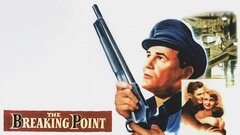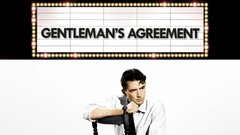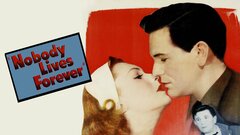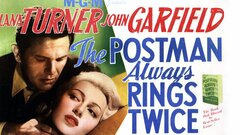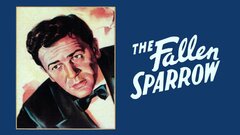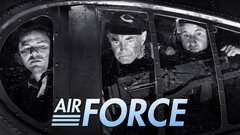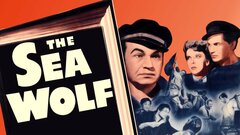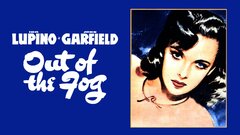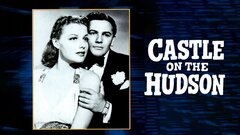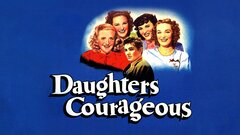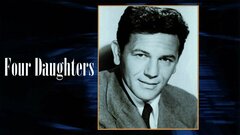This member of the Group Theater entered films in 1938, becoming an instant star with his performance in "Four Daughters" and brought a fiery intensity to a number of memorable roles over the next 15 years. Garfield's background as a slum-raised child of immigrants helped contribute to his image as an anti-hero and he excelled at playing tough urban figures in socially conscious dramas such as "Body and Soul" (1947) and "Force of Evil" (1948).
Both of these films were produced by Enterprise Productions, which Garfield co-founded in an attempt to encourage work by humanist artists. The former earned him a Best Actor Oscar nomination for his turn as the boxer who will do anything to be champion.
Long before there was Brando--who ironically only won the role of Stanley Kowalski in "A Streetcar Named Desire" on Broadway after producer Irene Mayer Selznick and Garfield could not come to terms--and long before there was Pacino and De Niro, there was Garfield. He is said to have been the first student of "The Method" to succeed in Hollywood, and in so doing changed the face not just of American acting, but the standard of film acting as well.
Garfield was more than just an actor who played defiant rebels from the wrong side of the tracks. His natural style brought the internal rhythms and emotions of a character to the fore. While Edward G Robinson and Paul Muni had played the first tier of such characters on screen--and have been rightly heralded as two of the greatest American actors of all time--Garfield's interpretation of the same sort of anti-heroes could break through sans expressionistic lighting and sound and was cloaked in a sexual energy that neither Robinson nor Muni had.
Even Joan Crawford succumbed to him in "Humoresque" (1946). He burnt up the celluloid with Lana Turner as lovers who murder her husband in "The Postman Always Rings Twice" (1947). Even when subdued, Garfield's appeal threatened to steal the picture, as in "Gentleman's Agreement" (1947), in which he had the supporting role of Gregory Peck's Jewish buddy, a man not sure he has fought in World War II for an America that wants him. The more sedate Peck may have been the unquestioned star, but he was no match for Garfield's seething manliness.
Some critics have claimed that Garfield gave stiff performances, and while that point is debatable, his virility and unpolished charm saved many a film from becoming merely a programmer. He is also remembered for such roles as Porfirio Diaz in "Juarez" (1939) and as the brash seaman trying to escape the tyranny of Edward G Robinson in "Sea Wolf" (1941).
In "Destination Tokyo" (1944), Garfield's raw sexual energy clashed head on with Cary Grant's more polished variety and helped to give Grant a forum to stretch as an actor. Garfield credits also included Michael Curtiz's "Breaking Point" (1950), an acclaimed remake of Howard Hawks' "To Have and to Have Not" (1944).
Garfield is also legendary for his stage portrayals. He rose to prominence in 1935 based on his work in two Clifford Odets plays, "Waiting for Lefty" and "Awake and Sing," both directed for The Group Theatre by Harold Clurman. Clurman also directed Garfield as Joe Bonaparte, the music-minded young man who becomes a prize fighter and dates the wrong women, in Odets' "Golden Boy" (1937).
Although William Holden played Joe in the 1939 feature, the role earned Garfield his shot in Hollywood and a contract with Warner Bros.
The actor would later return to the stage in the late 40s and early 50s, delivering acclaimed work in "The Big Knife" (1949) and "Peer Gynt" (1951), both directed by The Group Theatre co-founder Lee Strasberg. The heart attack which caused his death was considered to have been partially triggered by his blacklisting in the 1950s for refusing to name names before the House Committee on Un-American Activities. His late son David, who also called himself John Garfield Jr, and his daughter Julie were also actors.



